Help us urge Congress to lock down the program—and conservation funding—that allows the people who fish local waters to mastermind the projects to improve them
Americans across the country are hitting the water this summer in the hopes of hooking one of many iconic species of fish—from kokanee salmon and cutthroat trout to largemouth bass and red snapper.
You may not realize that there has been a collaborative effort at work behind the scenes for years to expand and guarantee your access to great fishing. The National Fish Habitat Partnership, a collective of 20 diverse groups across every landscape in America, has already succeeded in boosting fish populations through on-the-ground fish habitat conservation projects.
In Pennsylvania, the Fish and Boat Commission, parks department, bass anglers, and local businesses banded together to restore a degraded reservoir, adding more than 800 structures that give fish critical cover to spawn. In New Mexico, partners enhanced desert fish habitat and reopened a key migratory passage between the Navajo River and eight miles of Amargo Creek.
Since 2007, more than 840 projects have been completed across all 50 states. But the future success of these partnerships is perennially threatened.
The National Fish Habitat Partnership initiative has no permanent authorization from the federal government and funding has been cut year after year. But that could change this Congress, thanks to legislation that would secure the future of these collaborative fish habitat improvement projects.
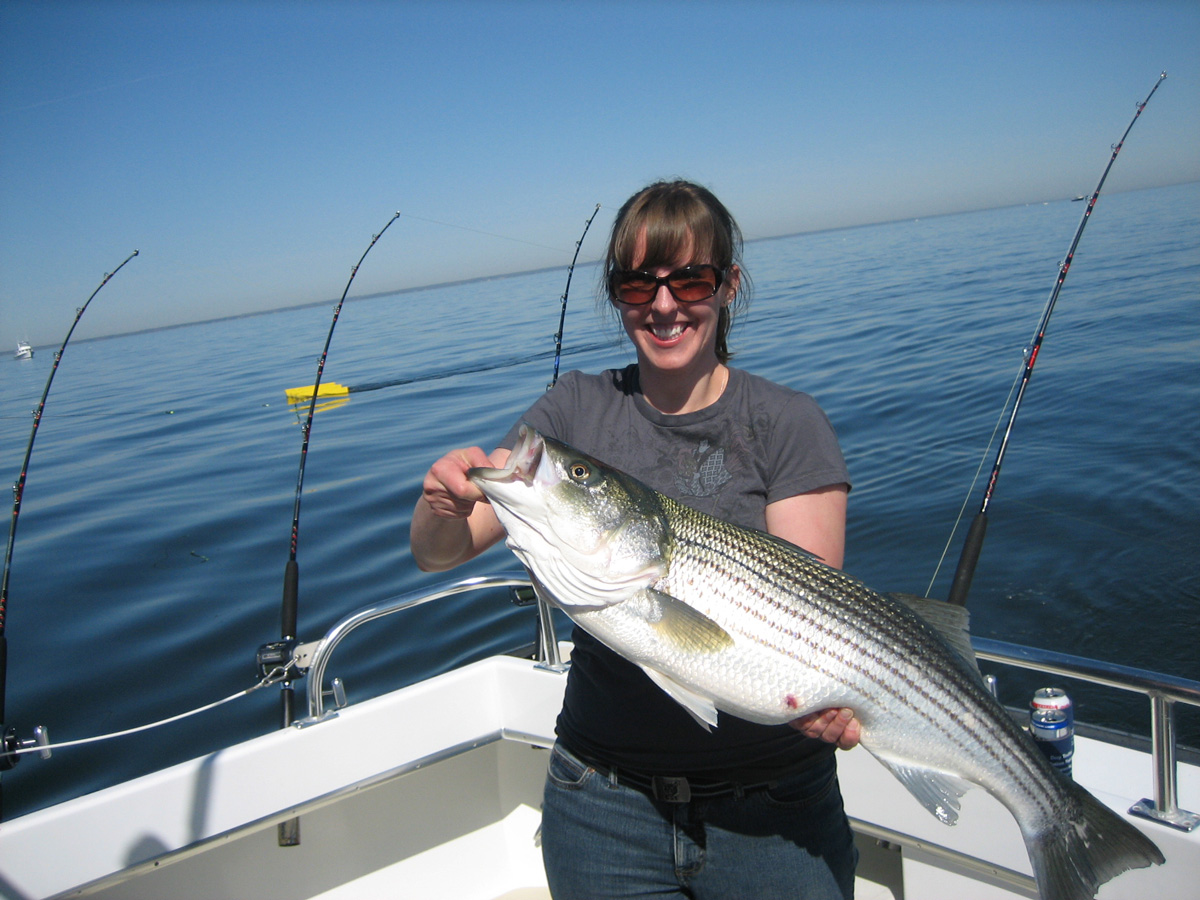
The Best Partners Know Local Waters
Rather than develop a top-down, inside-the-beltway plan to restore and protect America’s unique fish habitats, the National Fish Habitat Partnership exists at the crossroads of science-based solutions, community partnerships, and state and federal agencies. The 20 Fish Habitat Partnerships focus on the needs of specific regions and ecosystems, each working to forge stronger local and regional partnerships with other key stakeholders to restore and protect fisheries. The program is designed to include a wide range of voices in decision-making.
A national board chaired by a state fish and wildlife agency representative meets three times annually to review projects submitted by the 20 individual partnerships and recommend how funding should be allocated. This isn’t your average federal Board of Directors: Real sportsmen and women unite with local leaders and scientists to steer fish habitat conservation and put the needs of our fish and wildlife first. (In fact, TRCP’s Chief Conservation Officer Christy Plumer is a member of the National Board and has been instrumental in the development and success of the National Fish Habitat Partnership.)
Each of the twenty regional partnerships includes state fish and wildlife professionals, local leaders, and representatives of the conservation community and federal agencies. Committees help determine which projects each region submits to the national board for approval, focusing on the interests of the communities within the partnership’s footprint and ensuring projects are advancing the needs of fish populations close to home.
But none of these individuals can do their jobs while the future of the program, or its funding, is subject to the annual whims of Congress.
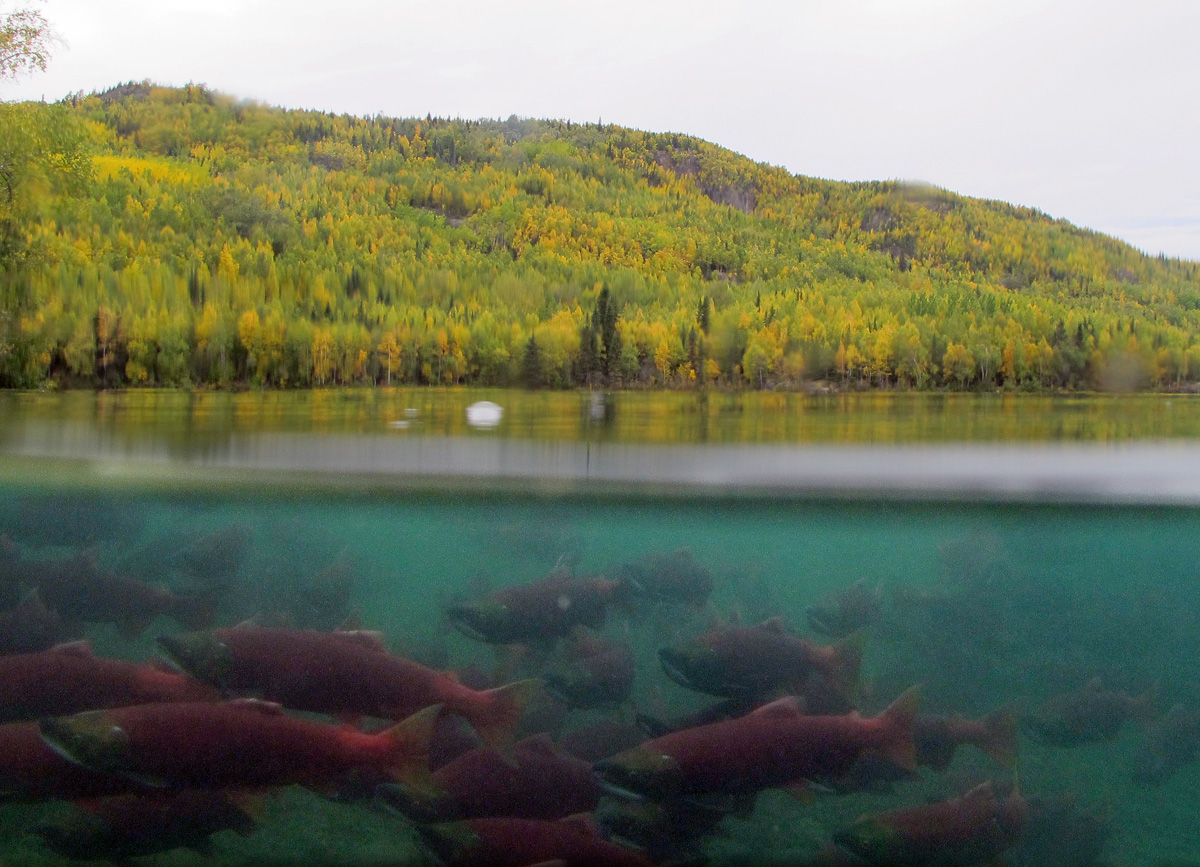
We Know the Model Works
This isn’t the first time this model has been used to work better for wildlife: The North American Wetlands Conservation Act has a similar approach. NAWCA provides matching grants to conservation projects across North America to improve habitat for migratory birds, boost water quality, and conserve wetlands ecosystems—and it has been highly successful. Now, it’s time to allow this successful model to work for fish.
(By the way, legislation to reauthorize and fund NAWCA is also pending in both chambers, and Congress should act with expediency here, too.)
Defend Against Defunding
The Partnership receives its funding in the annual appropriations bills, but since it isn’t permanently authorized, Congress could decide to defund it without warning, ending community-based support for fish conservation across the nation. Luckily, bills have been introduced in both the Senate and House to fix that: S. 754, introduced this Congress by Sens. Mike Crapo (R-Idaho) and Ben Cardin (D-Md.), and H.R. 1747, introduced by Reps. Rob Wittman (R-Va.) and Marc Veasey (D-Texas).
The National Fish Habitat Conservation Through Partnerships Act formally establishes the National Fish Habitat Board and guarantees that all stakeholders—tribes, nonprofits, local and state governments, private sector entities, and the federal government—have a seat at the table. The bill would also enact into law other components of the National Fish Habitat Partnership, including clear decision-making criteria and a process for designating new partnerships.
Importantly, this legislation would fund the program through 2023, with 5 percent dedicated to Indian Tribes and additional resources provided for several key federal agencies to provide scientific and technical assistance to fish habitat partnerships. The bill also sets a cap on administrative costs at 5 percent, preventing federal agencies from redirecting funding from the program to pay for other agency needs during tight budget times.
This five-year authorization would end year-to-year uncertainty, ensuring that each of the partnerships have the ability to plan ahead and do the best work possible.
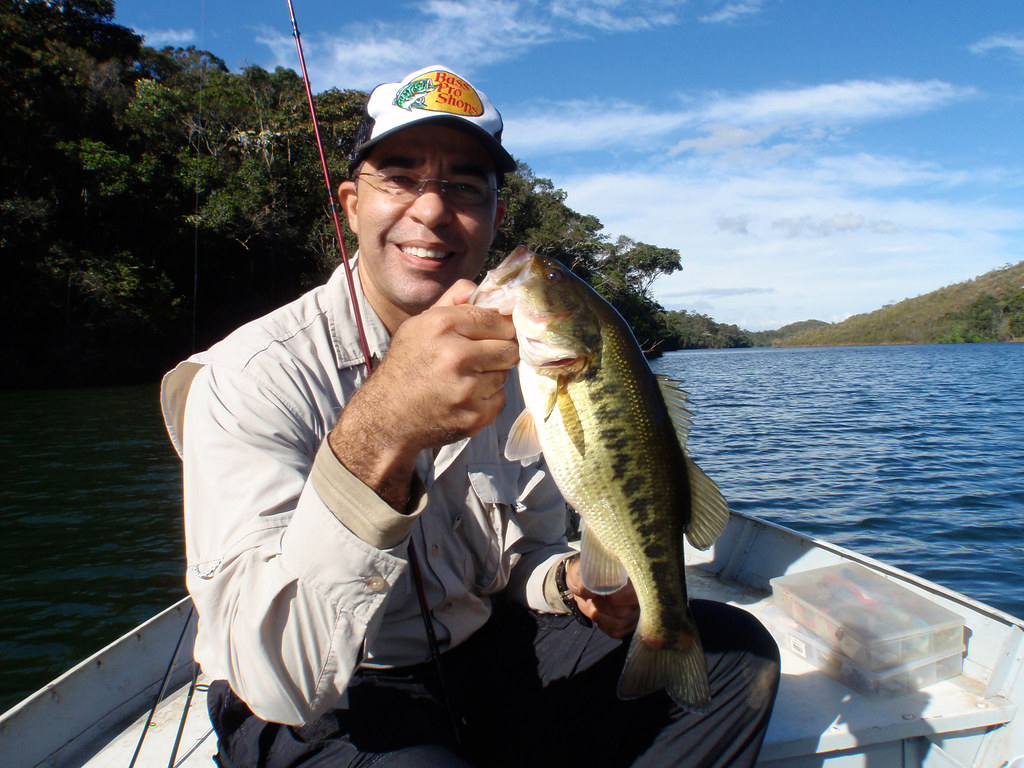
Take Action
The National Fish Habitat Partnership is one of North America’s most successful conservation programs, but its continued success, and existence, depends on all of us speaking up for our waterways and the fish that call them home. Please join the Theodore Roosevelt Conservation Partnership and our partners across the nation in urging Congress to pass the National Fish Habitat Conservation Through Partnerships Act into law.


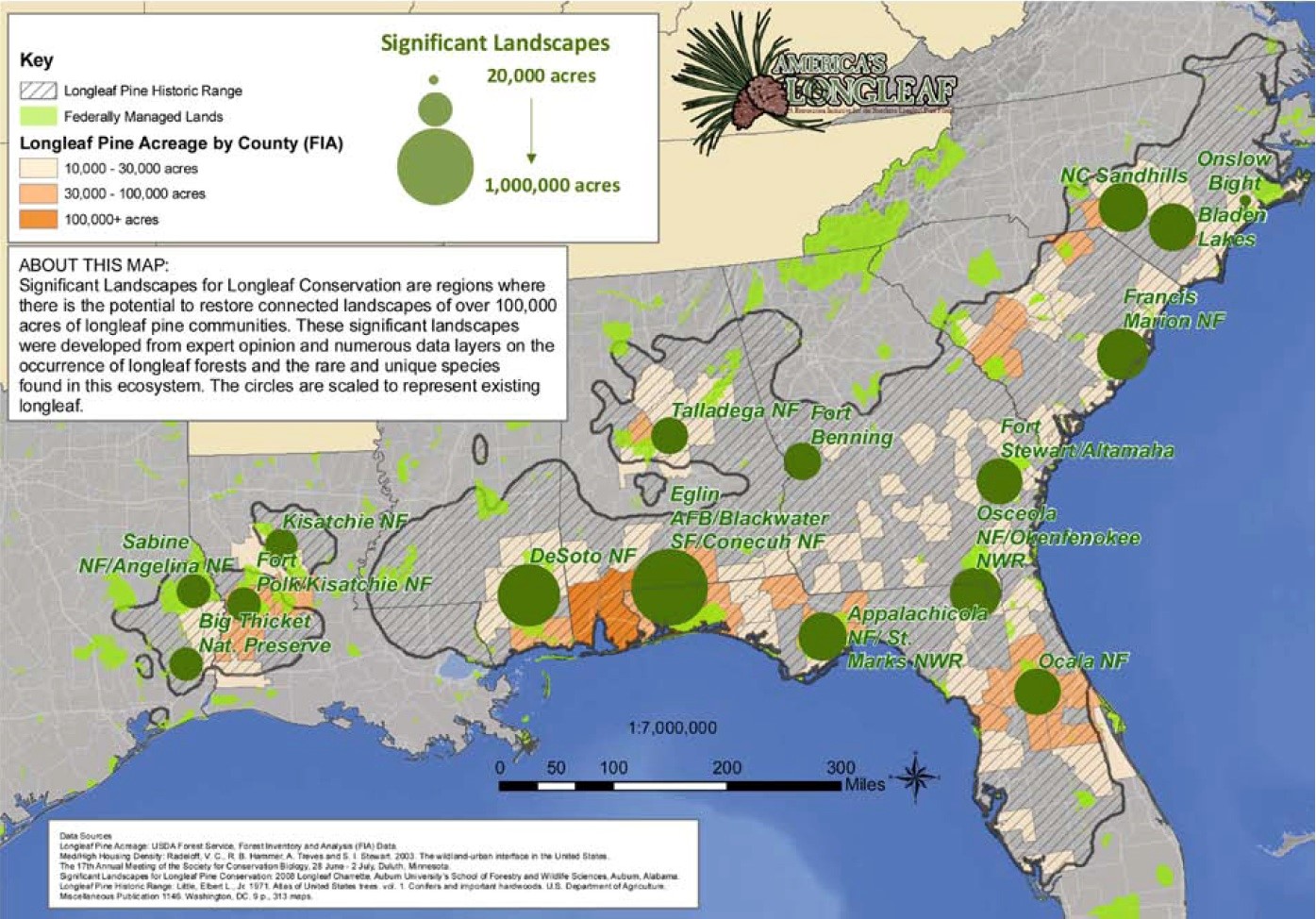
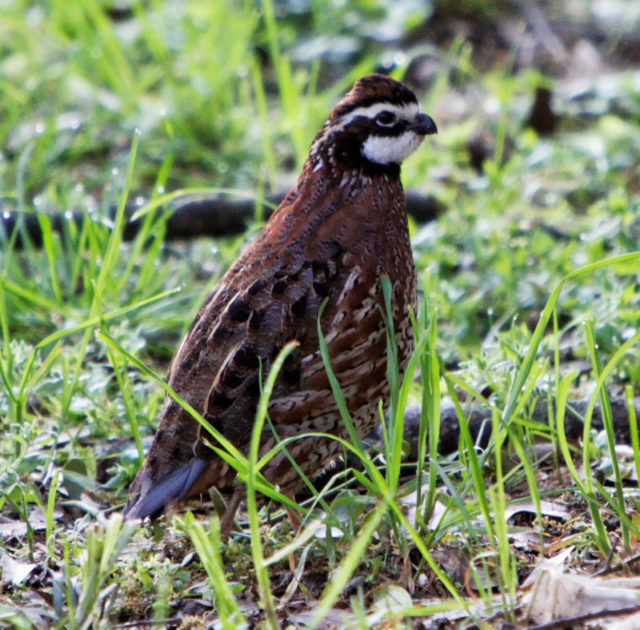
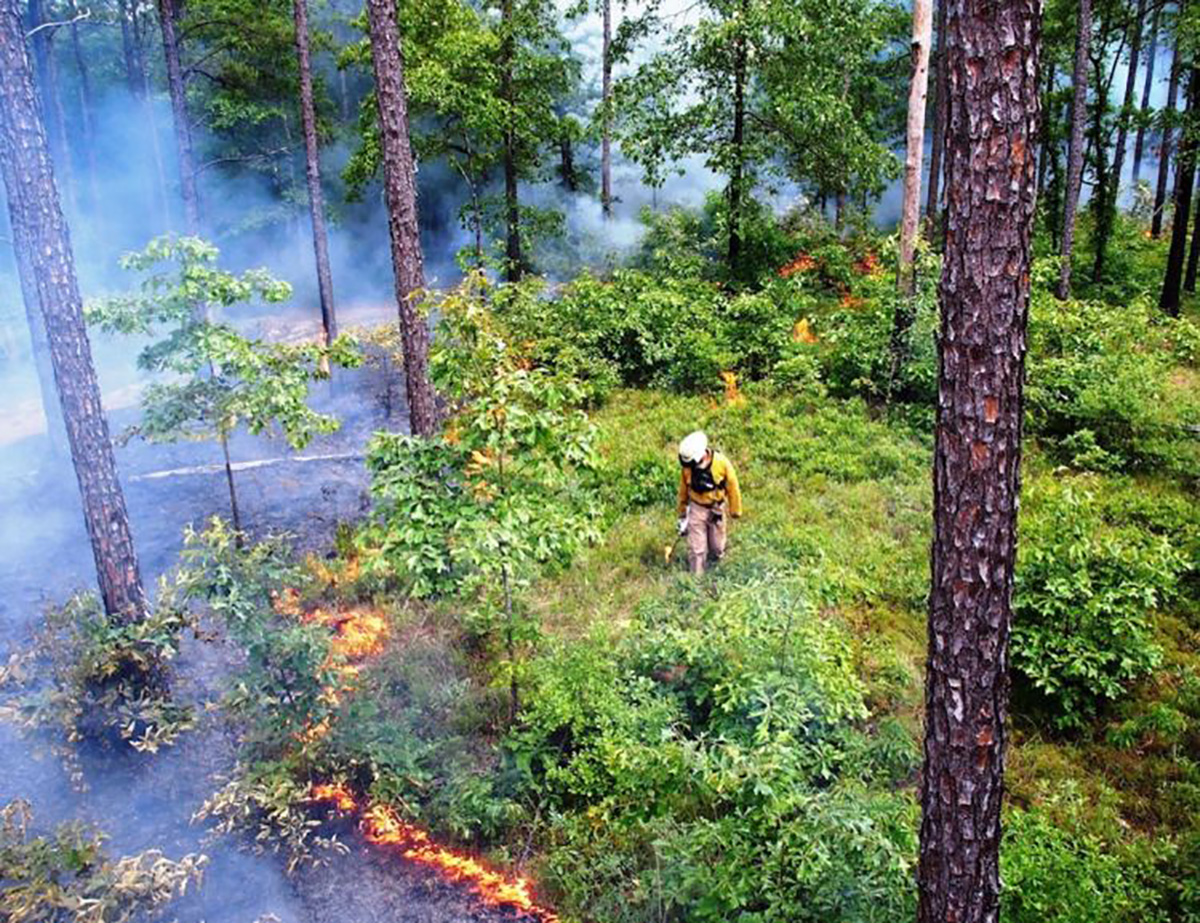
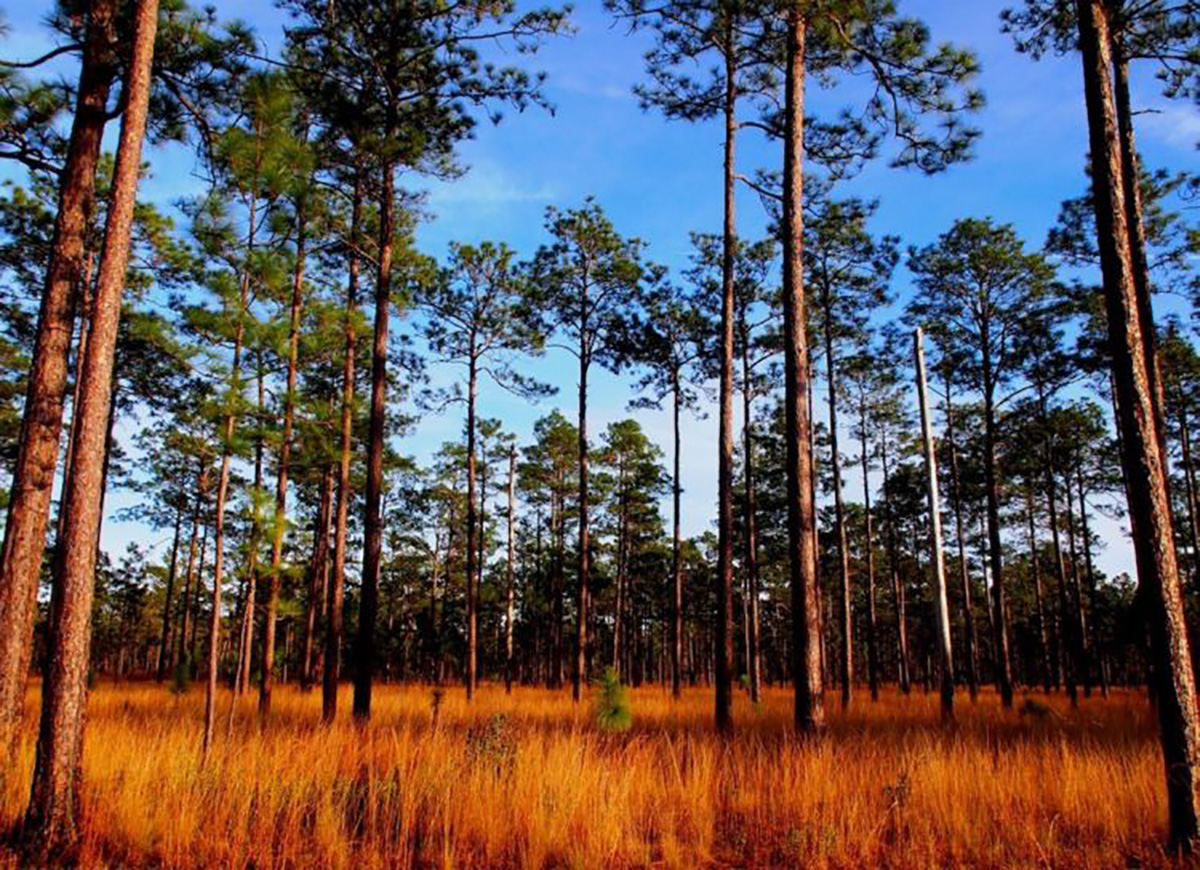




Please vote for S. 754 and H.R. 1747, The National Fish Habitat Conservation Through Partnerships Act, introduced this Congress by Sens. Mike Crapo (R-Idaho) and Ben Cardin (D-Md.), and introduced by Reps. Rob Wittman (R-Va.) and Marc Veasey (D-Texas).